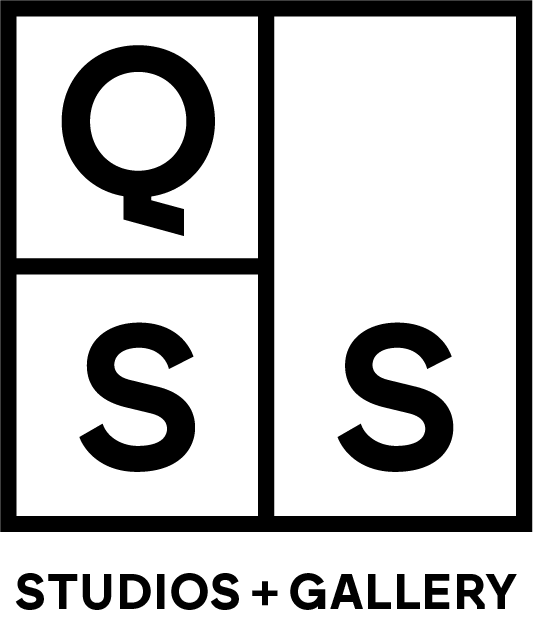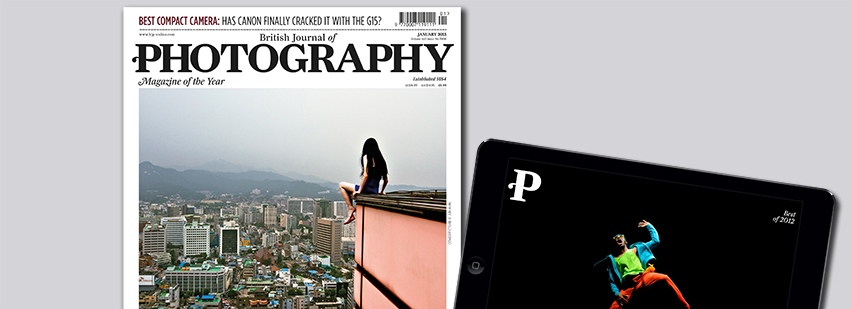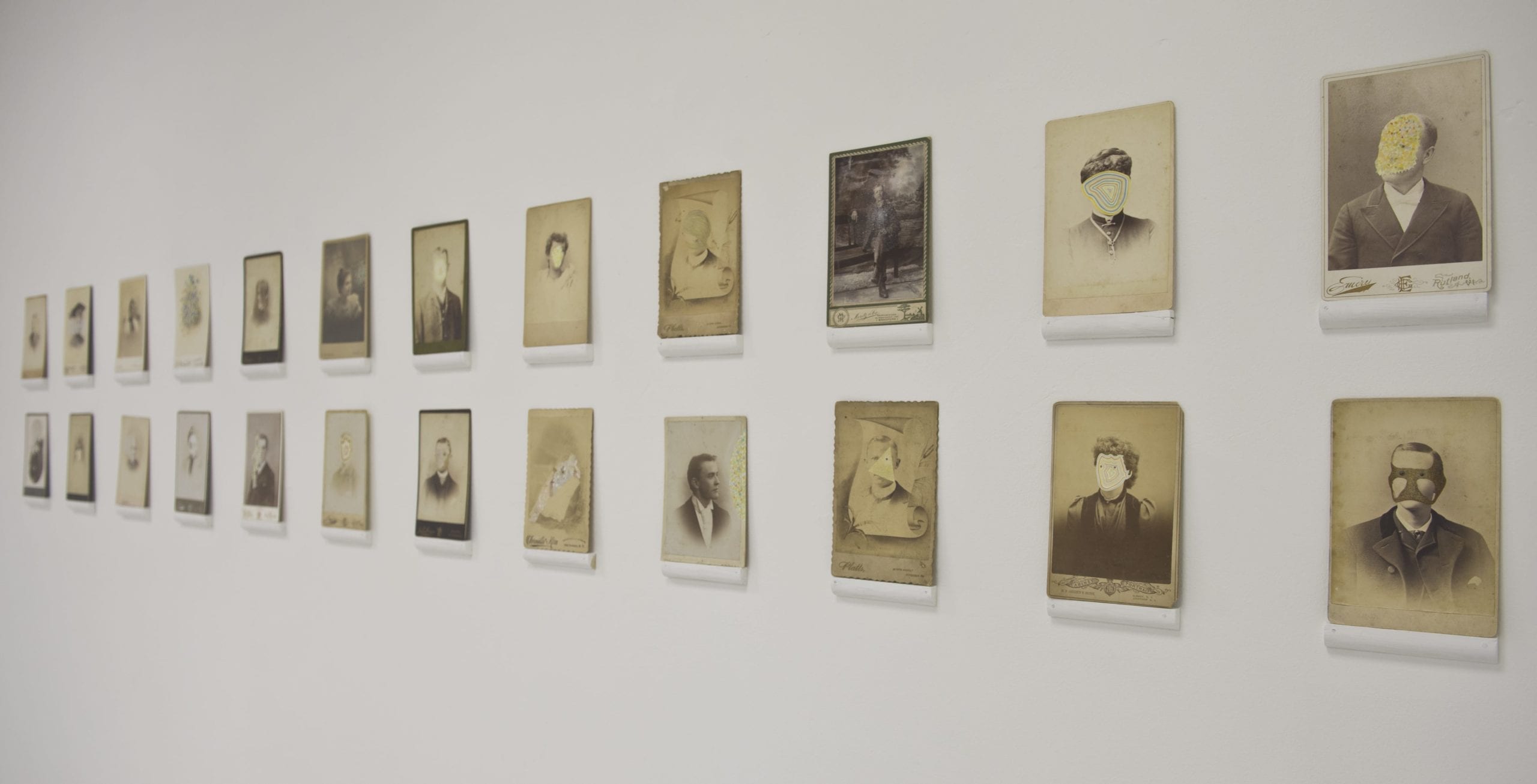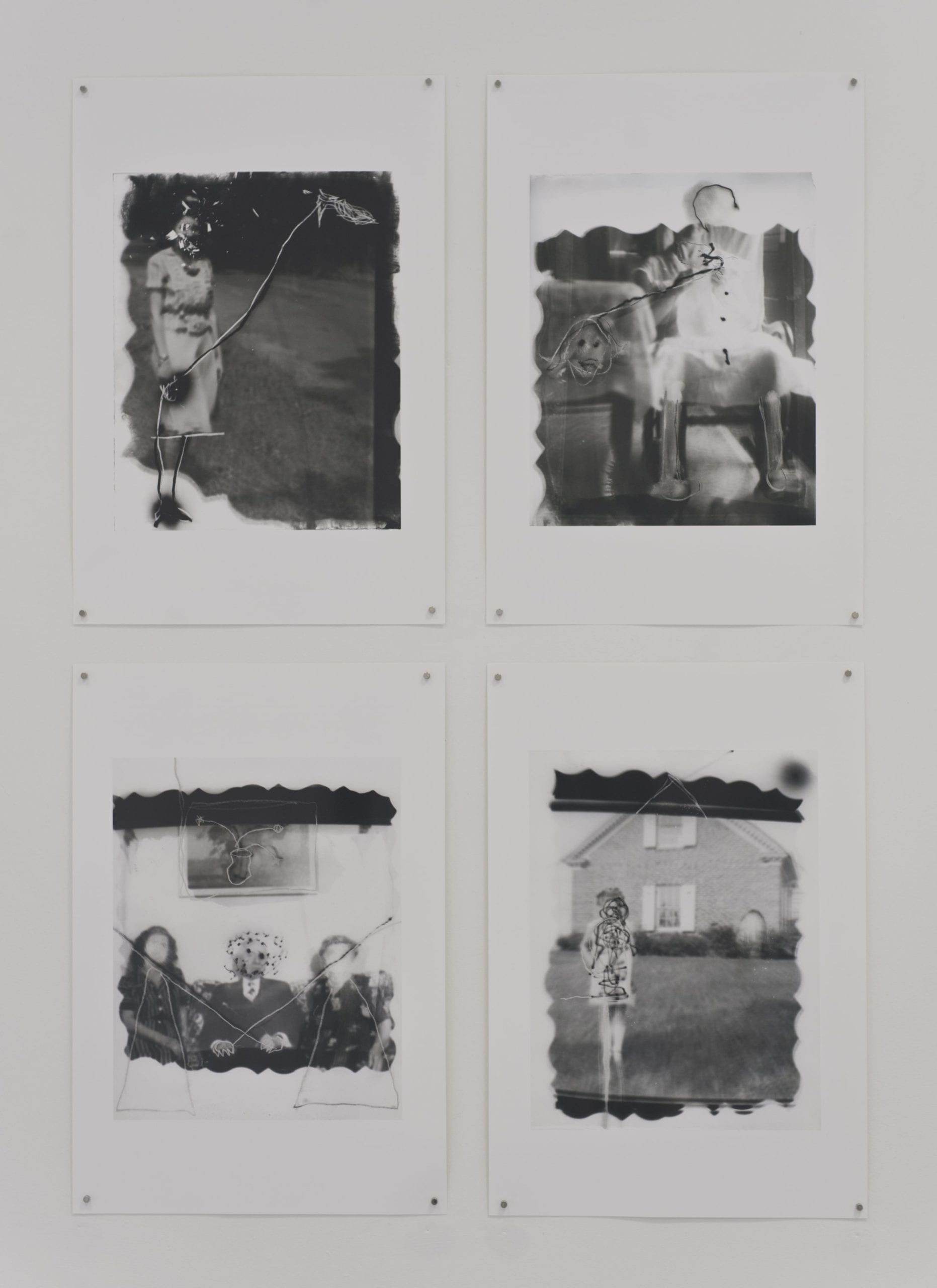[cmsmasters_row][cmsmasters_column data_width=”1/1″][cmsmasters_text]
What to see at Belfast Photo Festival
Written by Gemma Padley
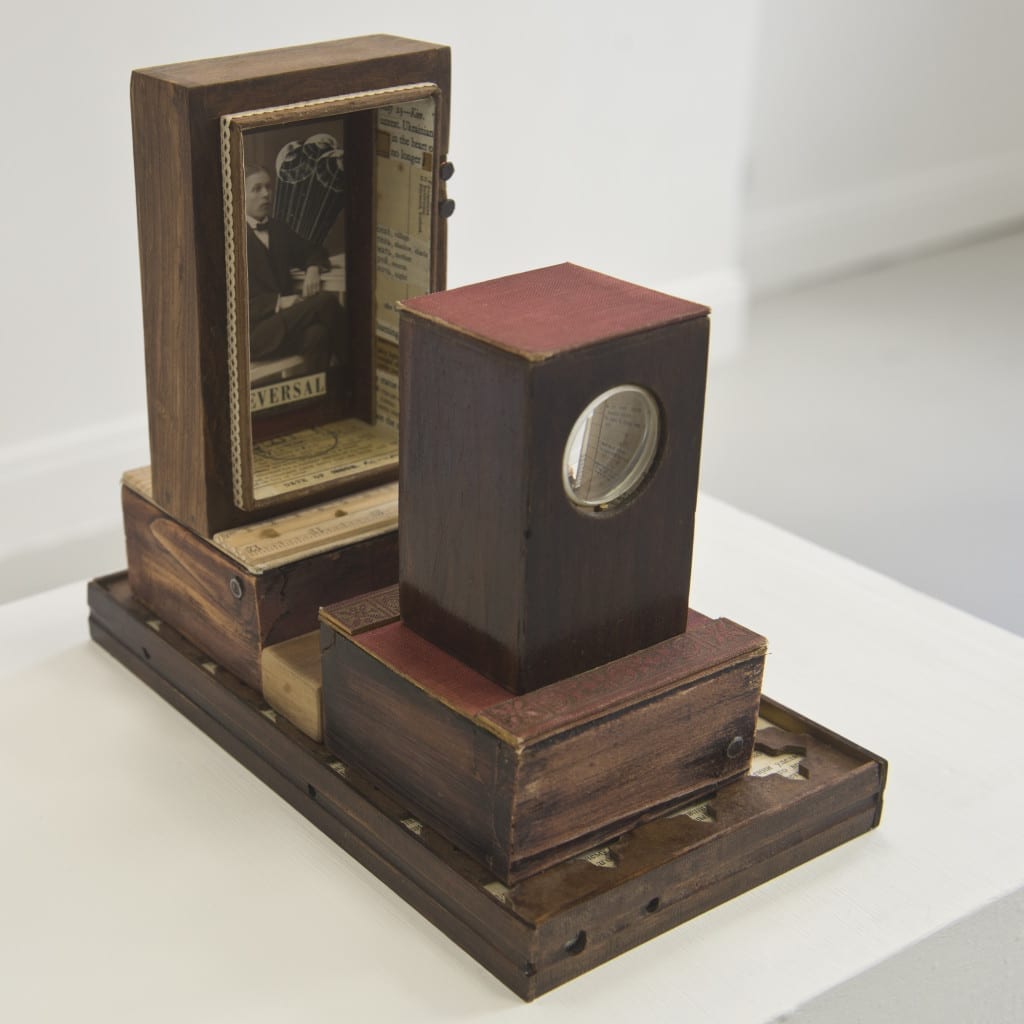
Red Bus – Zoe Murdoch
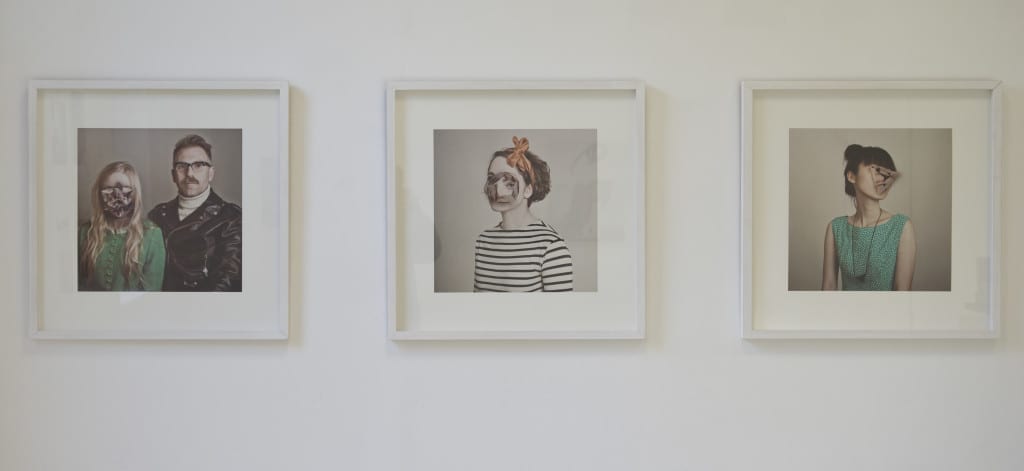
Cosmic Surgery Series – Alma Haser
All images © Jordan Hutchings, courtesy Belfast Photo Festival
Back for its third edition, this year’s edition of Belfast Photo Festival pulls out all the stops with a packed programme that explores photography’s relationship to other art forms
It sounds downright bonkers, but somehow it works. This year, Belfast Photo Festival director Michael Weir oversaw the creation of a to-scale replica of the famous DeLorean car from Back to the Future, crafted from wood and covered with A5 photographs printed onto brushed sheet metal panels.
The sculpture, which was inspired by the work of Cyril Hatt but made by carpenter Jonathan Hickey and Robert Anderson, with photographs by Fergus Jordan, forms the centrepiece of the festival, and is on display outside Belfast City Hall. The reason for its creation is to mark the 35th anniversary of the DeLorean motor car, which was manufactured in Belfast, and because 2015 is the year the characters visited in Back to the Future Part II.
It is also a fitting way to celebrate this year’s festival theme – photography and convergence – in this case showing how photography can produce interesting results when coupled with sculpture.
Three editions in, Belfast Photo is starting to gather momentum. With guests this year including photographers Lorenzo Vitturi and Alec Soth, who are giving workshops and talks, and a range of speakers that includes Stacey Baker from The New York Times and FT photography critic Francis Hodgson, the festival has proved it is able to pull in the big names in photography, and is steadily claiming its place on the international photography stage.
Cabinet Cards – Tom Butler
Photography’s relationship to sculpture is a theme explored in one of the biennial’s standout shows – Metamorphosis – at QSS Gallery. Founded in 2000, the gallery, which is housed inside an artists’ studio complex, is showing work by nine artists – including Hatt – who are local to Belfast and from further afield.
The artists, chosen by Weir, all “share an interest in the sculptural, 3D potential of the photographic print”, says gallery assistant Aoife Earley, who co-curated the show, and include Alma Hasser, who explores photographic portraiture by using what she calls folding paper techniques to create flattened-paper sculptures, and Belfast artist Zoe Murdoch, who creates cabinets of curiosity from old photographs, pieces of glass and antique-looking wooden boxes.
Elsewhere we see examples of photography’s convergence with performance art in an ambitious exhibition at Golden Thread Gallery. Featuring work by Ai Wei Wei, Tom Lovelace and Manuel Vason, among others, To Camera considers what happens when photography is used to record performances constructed by the artist. A challenging show in places (Vason’s work especially), To Camera provides ample food for thought about photography’s role in the representation of human behaviour.
An absolute must-see is Belfast Exposed’s two shows – Geert Goiris’s Unfathomable downstairs in the main gallery, and Interferences by Alberto Maserin. The latter is on display in the gallery’s recently opened ‘Futures’ space, which is dedicated to showing work by photographers who are in the early stages of their careers.
Found – Gerald Slota
Maserin’s beautifully realised series documents a U.S military base in a small Italian town, and explores its influence on the people who live there and the surrounding area, while Goiris – in what is his first solo show in the UK and Ireland – explores the notion of the sublime and the mundane within landscape photography.
Not to be missed are the container exhibitions in Iris Photo Colour Park, in Belfast’s Cathedral Quarter. Much of the work on show here came through an open call hosted by IdeasTap, which received more than 1400 submissions. Standouts include a screening of images by Yvette Monaghan that explore an ancient myth, and Stephanie Roland’s ethereal and futuristic images in Ideal City, many of which depict eerily lit structures and spaces. Daniel Mayrit’s photographic grid of faces – the 100 most powerful people in the City of London, captured as if on CCTV – is a wry, clever comment on surveillance culture and politics.
Also exhibiting is Laurence Rasti’s There are no homosexuals in Iran – a poignant series about gay couples who have been forced to leave their home country – for which she was awarded this year’s £1000 Open Submission prize. Visitors can also see books from last year’s Unseen Dummy Award, on display outside of Amsterdam for the first time.
Over at the Ulster Museum is House & Home, an exhibition that explores the notion of home as a place of shelter and an intimate space. The exhibition includes past BJP ‘One to Watch’ Jill Quigley, who is showing images from Quigley’s Point. In the series, Quigley visited derelict houses in County Donegal and intervened in the interiors using colourful spray paints, coloured string and other materials, breathing new life and interest into these abandoned spaces.
And in the west of the city Cultúrlann McAdam Ó Fiaich arts centre is showing work by Jiehao Su, who has also featured in BJP, and Michael Solarski. Early Memories brings together two bodies of work that ruminate on the artists’ personal histories.
If you get the chance, do pay a visit to arts venue The Mac, which is showing a brilliant installation of Pieter Hugo’s work, and is free to enter.
To see the full article visit The British Journal of Photography website
[/cmsmasters_text][/cmsmasters_column][/cmsmasters_row]
